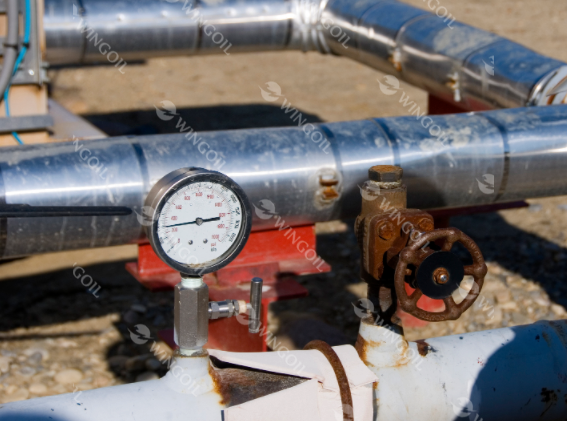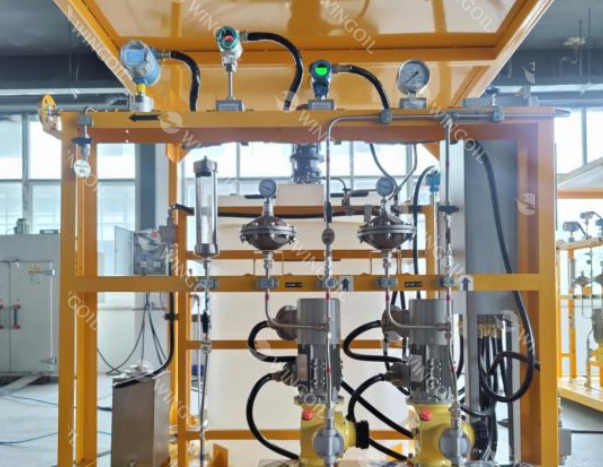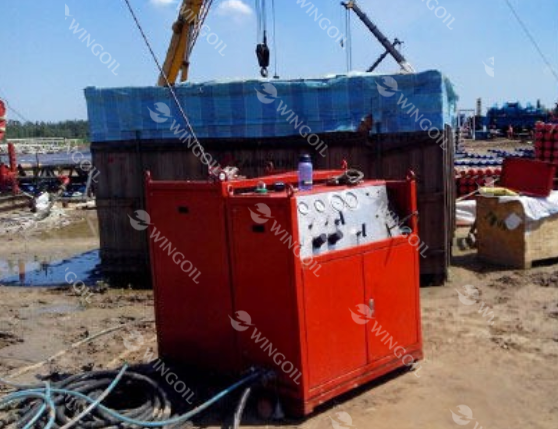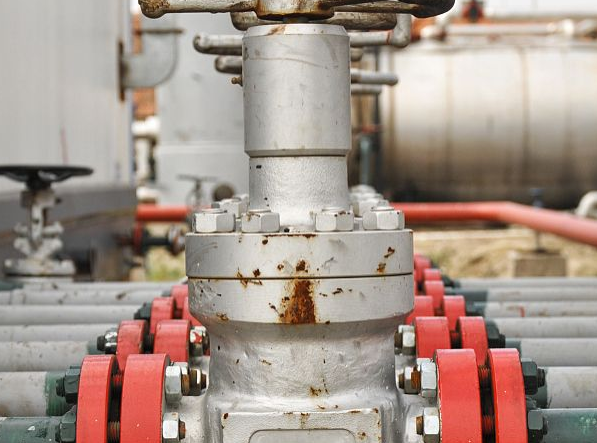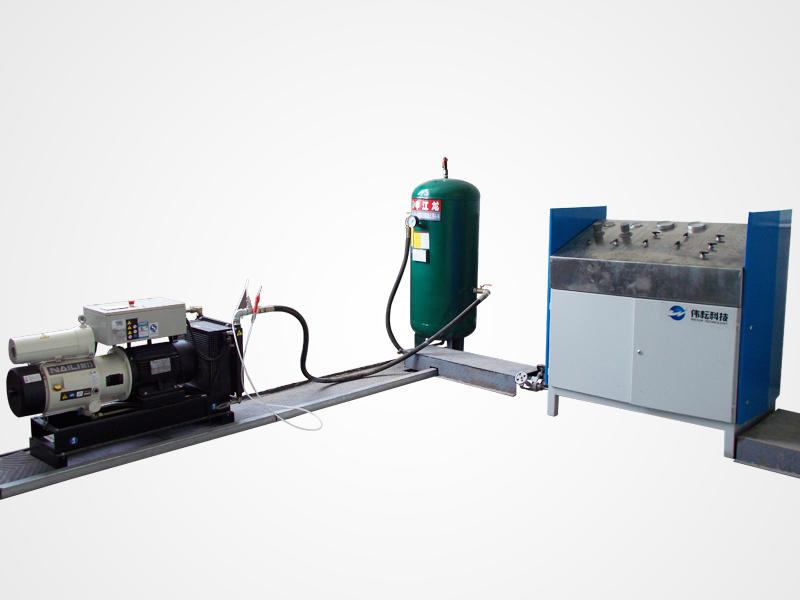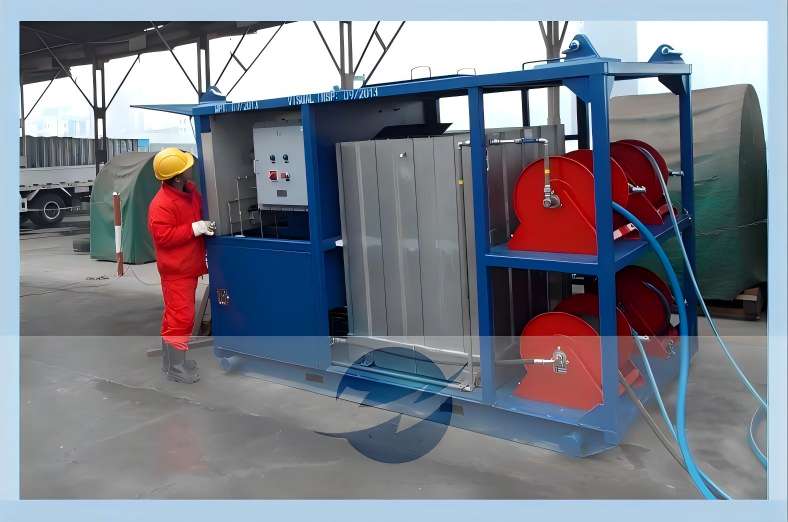3 Main Types of Pressure Test Pumps and How to Choose
Pressure test pumps are indispensable tools across various industries, from manufacturing and construction to aerospace and oil & gas. These specialized pumps generate high-pressure fluids or gases to test the integrity of equipment, components, and systems under simulated operating conditions. By subjecting these elements to controlled stress, engineers and technicians can identify weaknesses, leaks, and potential failures before they occur in real-world scenarios. This article delves into the three main types of pressure test pumps—hydrostatic, air pressure, and hydraulic—detailing their features, applications, operation guidelines, and maintenance requirements.
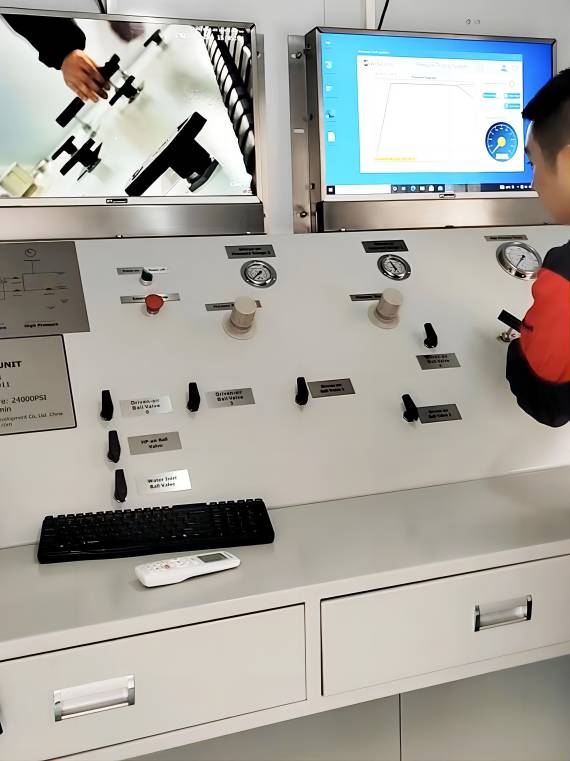
Types of Pressure Test Pumps
1. Hydrostatic Test Pump
Hydrostatic test pumps are among the most commonly used pressure testing tools. They use water as the testing medium and are valued for their simplicity, safety, and cost-effectiveness.
Features:
- Compact Design: These pumps are lightweight, portable, and easy to install, making them suitable for various environments.
- Eco-Friendly Medium: Using water eliminates the risk of environmental contamination, making it a safe choice for industrial and non-industrial applications.
- Customizable Specifications: Hydrostatic test pumps can be tailored to meet specific requirements, ensuring optimal performance for diverse testing scenarios.
- Multifunctionality: They offer features like pressurization, pressure holding, and unloading, enabling them to simulate real-world conditions.
- User-Friendly Operation: With advanced control systems, these pumps are straightforward to operate, ensuring safety and reliability during use.
Applications:
- Aerospace: Testing hydraulic and pneumatic systems in aircraft.
- Automotive: Assessing hydraulic systems and brake components in vehicles.
- Petrochemical: Verifying the integrity of pipelines, valves, and pressure vessels.
- Power Industry: Testing steam generators and other pressurized equipment.
- Food Industry: Evaluating the safety and functionality of food processing equipment.
Operation Guide:
- Select a pump suitable for your testing requirements.
- Place the pump on a level surface and connect it to a water source and power supply.
- Adjust parameters like pressure and flow rate according to the manufacturer’s instructions.
- Connect the pump to the test object (e.g., pipeline, valve, or vessel) and ensure a secure seal.
- Gradually increase pressure to the desired level and hold it to complete the test.
- Observe the test object for any leaks or deformities during the process.
- After testing, slowly reduce the pressure to zero, disconnect the pump, and document the results.
Maintenance:
- Regularly inspect components like the motor, pump body, and bearings for wear or malfunction.
- Clean filters to prevent blockages that could hinder performance.
- Replace worn seals and O-rings to maintain air tightness.
- Periodically check electrical cables for damage or wear.
- Drain water and clean the pump thoroughly before storing it for extended periods.
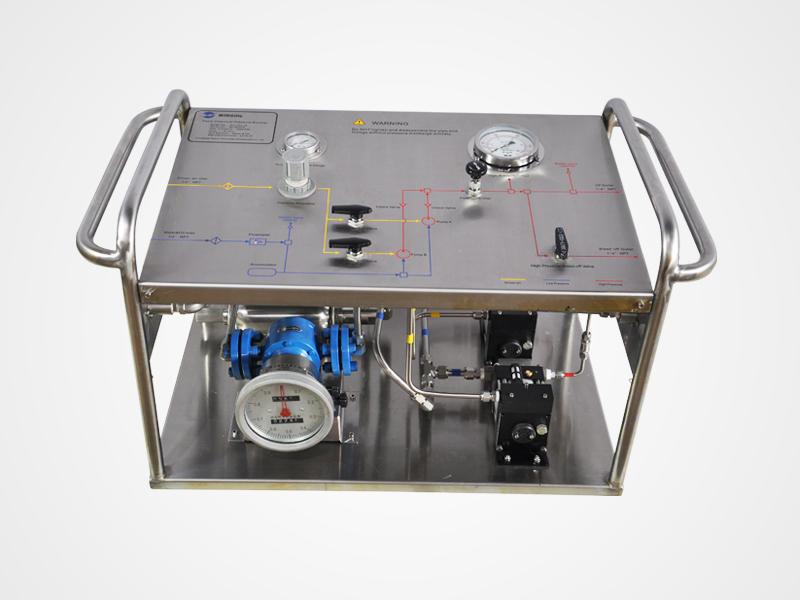
2. Air Pressure Test Pump
Air pressure test pumps are designed to generate and regulate high air pressure for testing purposes. These pumps are known for their precision and versatility.
Features:
- Portable and Flexible: They can be used on various surfaces without needing a dedicated lab or workshop.
- Quick-Connect Fittings: Allow for fast and tool-free setup, saving time and effort.
- High Pressure with Fine Control: They achieve pressures up to 21 MPa (3000 psi) with micro-adjustments for precise readings.
- Wide Compatibility: Equipped with hoses and fittings to connect with various gauges and systems.
- Inline Filtration: Protects the system from contamination by ensuring only clean air enters.
Applications:
Industries like natural gas distribution, aerospace, and defense often rely on air pressure test pumps for their simplicity, safety, and portability.
Operation Guide:
- Choose an air pressure test pump that meets your testing needs.
- Position the pump appropriately and connect it to an air source and power supply, if necessary.
- Set parameters such as pressure and flow rate using the control knobs.
- Securely attach the pump to the test object and verify the seals.
- Gradually increase the pressure to the desired level and maintain it for the required duration.
- Monitor the object being tested and adjust pressure as needed.
- After testing, slowly release pressure, disconnect the pump, and record the results.
Maintenance:
- Inspect all components regularly to ensure proper functioning.
- Clean filters to prevent blockages and maintain airflow.
- Replace worn seals and fittings to ensure airtight connections.
- Drain residual air and clean the pump before long-term storage.
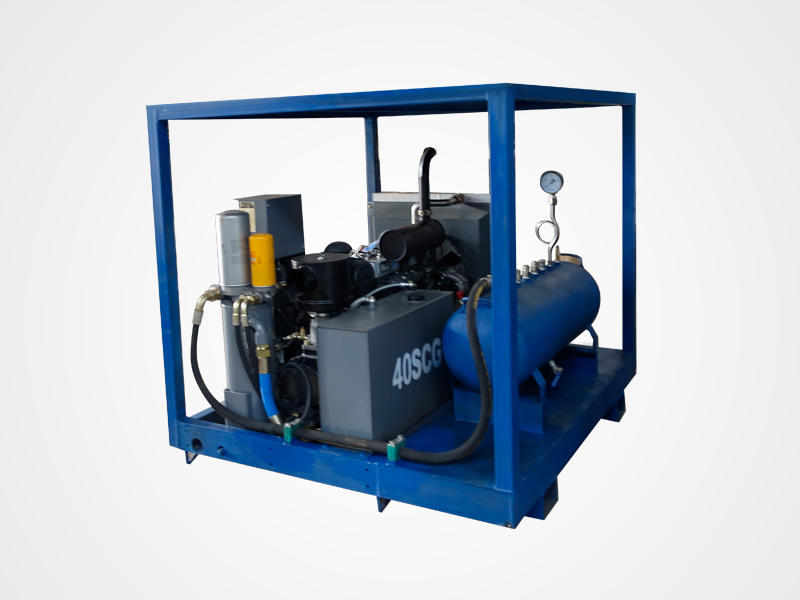
3. Hydraulic Test Pump
Hydraulic test pumps are powerful tools capable of generating extremely high pressures, making them ideal for heavy-duty applications.
Features:
- High Pressure Capability: With pressures up to 640 MPa, they are suitable for rigorous testing requirements.
- Versatile Mediums: Use hydraulic oil, emulsions, or other liquids as the testing medium.
- Energy Efficiency: Pneumatic versions reduce energy consumption, supporting sustainability goals.
- Portable and Durable: Lightweight designs make them easy to transport and maintain.
- Wide Range of Control: Offers precise adjustments for varied testing scenarios.
Applications:
- Testing valves, pipelines, and pressure vessels.
- Providing hydraulic power for bolt tensioners and offshore applications.
- Performing destructive testing to evaluate the limits of pressure systems.
Operation Guide:
- Select the appropriate hydraulic test pump and prepare the necessary tools.
- Place the pump in a suitable location and connect the hydraulic source and power supply.
- Adjust the pump’s parameters according to the test requirements.
- Attach the pump to the test object and ensure proper sealing.
- Gradually pressurize the system to the required level and maintain it as needed.
- Monitor the object being tested for any signs of failure.
- Slowly depressurize the system after testing, disconnect the pump, and document the findings.
Maintenance:
- Check for leaks, wear, and damage in all components.
- Clean filters and replace hydraulic fluid regularly.
- Ensure seals and O-rings are in good condition to prevent leaks.
- Drain the pump and clean it thoroughly before storing it.
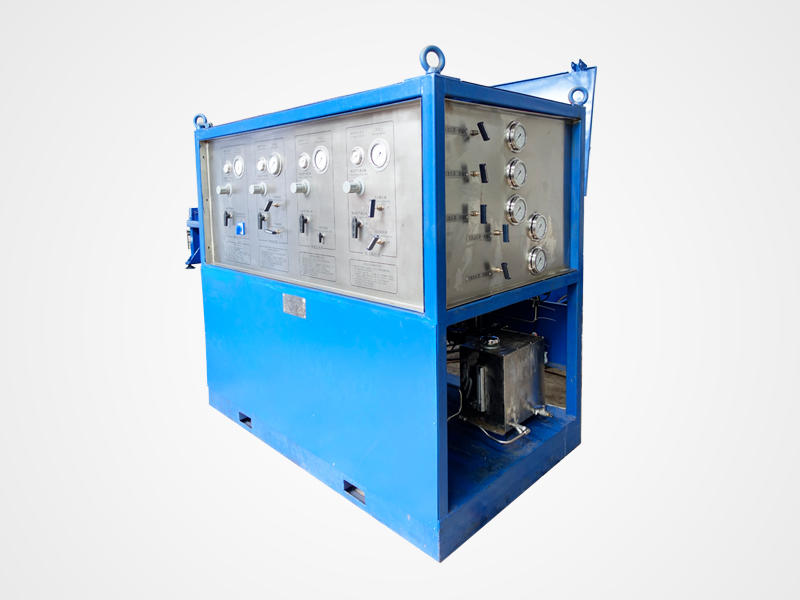
Factors to Consider When Choosing a Pressure Test Pump
The selection of the most suitable pressure test pump depends on the specific requirements of the application.
- Consider the pressure range: Determine the maximum and minimum pressures required for the test.
- Evaluate the flow rate: Ensure the pump can deliver the necessary flow rate to achieve the desired pressure within the required time.
- Assess accuracy requirements: Select a pump that can deliver the required pressure with the necessary accuracy and precision.
- Consider material compatibility: Ensure the pump and pressure medium are compatible with the materials of the system being tested.
- Prioritize safety: Choose a pump with built-in safety features such as pressure relief valves and overload protection.
- Evaluate portability needs: Determine if portability is necessary and select a pump that meets those requirements.
- Consider budget constraints: Choose a pump that provides the necessary features and performance within the available budget.
Pressure test pumps are indispensable tools for assessing the safety and performance of pressurized systems. From hydrostatic and air pressure pumps to hydraulic test pumps, each type offers unique features suited to specific applications. By understanding their capabilities, operation methods, and maintenance requirements, users can select and use the right pump effectively and safely.

